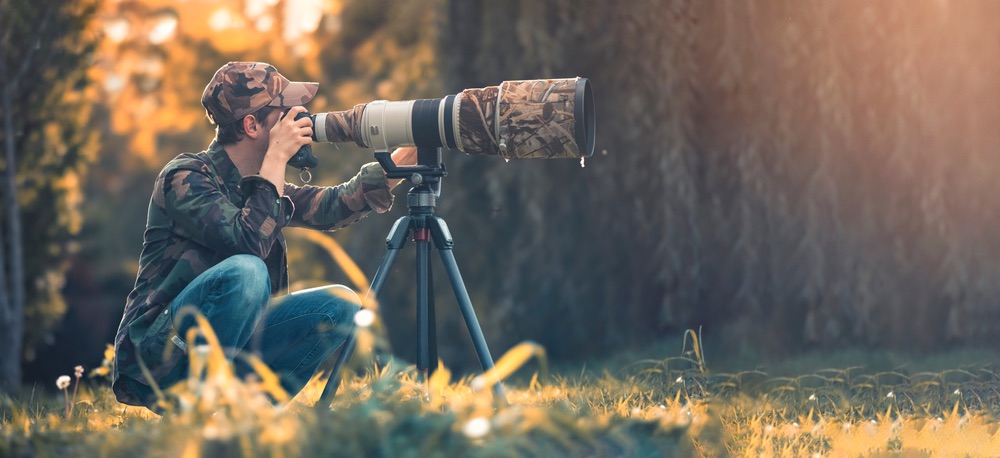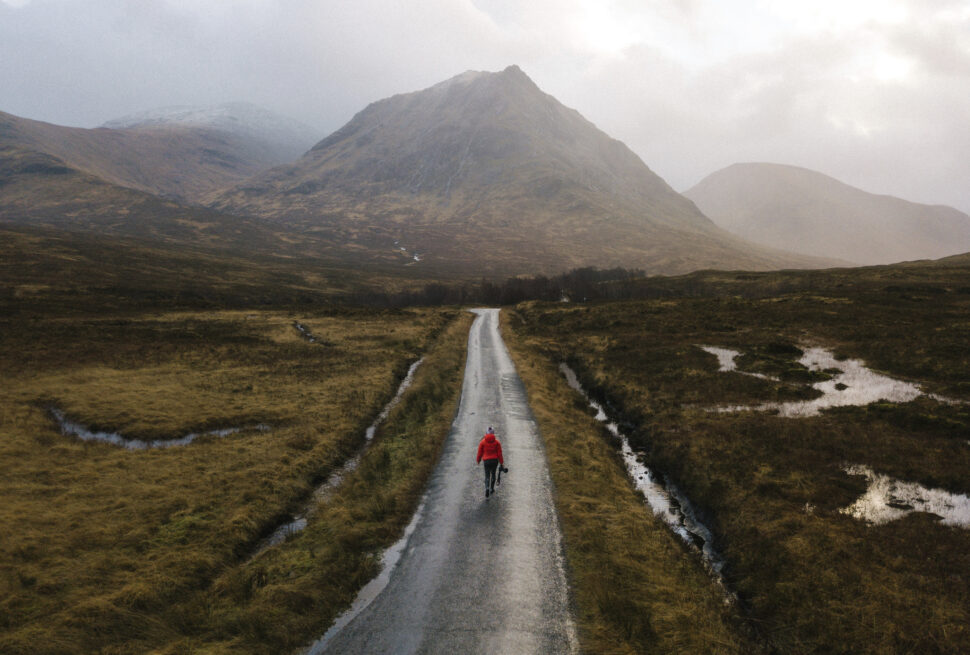
Traveling for wildlife photography is a thrilling pursuit, offering photographers the opportunity to capture the beauty and essence of animals in their natural habitats. It’s a journey that requires meticulous planning, patience, and a deep appreciation for nature. From the vast plains of Africa to the dense jungles of South America, wildlife photographers embark on expeditions to remote locations, seeking out rare and elusive species to photograph. The goal is not just to take pictures but to create powerful images that tell a story and evoke emotion, highlighting the importance of conservation and the need to protect these incredible creatures and their habitats.
1. Introduction to Wildlife Photography

Introduction to wildlife photography opens up a world of wonder and discovery, inviting photographers to capture the raw beauty and untamed spirit of animals in their natural environments. It’s a discipline that requires both technical skill and artistic vision, as photographers strive to freeze fleeting moments in time and convey the essence of wildlife through their images. Whether photographing a majestic elephant against the backdrop of an African sunset or capturing the grace of a soaring eagle, wildlife photographers immerse themselves in the natural world, often spending hours, days, or even weeks to get the perfect shot. Beyond the technical aspects, wildlife photography is also a deeply personal and emotional journey, as photographers develop a profound connection with their subjects and gain a deeper appreciation for the intricate balance of life in the wild. Through their lens, they not only document the beauty of nature but also raise awareness about conservation issues and inspire others to protect our planet’s precious wildlife for generations to come.
2. Choosing the Right Destination

When choosing the right destination for a wildlife photography expedition, several factors come into play. One must consider the diversity of wildlife present in the area, as well as the accessibility and safety of the location. Some destinations are known for their abundance of wildlife species, making them ideal for photographers looking to capture a wide variety of animals. Accessibility is also key, as photographers need to be able to reach remote locations where wildlife thrives. Safety is paramount, as some destinations may pose risks such as extreme weather conditions or dangerous wildlife encounters. Ultimately, the right destination will offer a balance of wildlife diversity, accessibility, and safety, providing photographers with the best opportunities to capture stunning images of animals in their natural habitats.
3. Preparing for the Trip
Preparing for a wildlife photography trip is a comprehensive process that involves meticulous planning and attention to detail. One of the first steps is to research and choose the right destination based on the species you wish to photograph, the time of year, and accessibility. Once the destination is set, it’s essential to pack the right gear, including a high-quality camera with a telephoto lens, a sturdy tripod, extra batteries and memory cards, and protective gear for yourself and your equipment. Additionally, it’s crucial to familiarize yourself with the local wildlife and their behaviors, as well as any safety precautions or regulations that may apply. Proper preparation also includes planning for accommodations, transportation, and permits if required. Lastly, ensure you have travel insurance and emergency contacts in place before embarking on your journey, allowing you to focus on capturing stunning wildlife images with peace of mind.
4. Techniques for Capturing Wildlife
Capturing wildlife in its natural habitat requires a combination of skill, patience, and an understanding of animal behavior. One of the key techniques is to be patient and observant, spending time studying the animals and their habits to anticipate their movements. This allows photographers to be in the right place at the right time to capture that perfect shot. Another important technique is to use the right camera settings, such as a fast shutter speed to freeze motion and a wide aperture to create a shallow depth of field and isolate the subject from the background. Using a telephoto lens is also essential for getting close-up shots without disturbing the animals. Additionally, employing techniques such as tracking the subject’s movements, using camouflage to blend into the environment, and using blinds or hides to conceal oneself can all help to get that perfect wildlife shot. Overall, capturing wildlife requires a combination of technical skill, patience, and a deep respect for the natural world.
5. Respecting Wildlife and the Environment

Respecting wildlife and the environment is paramount in wildlife photography, ensuring that the beauty we capture remains for future generations to appreciate. It involves understanding and adhering to ethical guidelines, such as maintaining a safe distance from animals to avoid stress and disturbance, and never feeding or touching them. It also means minimizing our impact on the environment by staying on designated paths, avoiding trampling on vegetation, and properly disposing of waste. Additionally, using technology responsibly, such as drones, requires understanding local regulations and respecting wildlife’s right to privacy and tranquility. Ultimately, by practicing ethical wildlife photography, we can ensure that our passion for capturing nature’s wonders does not harm the very subjects we seek to celebrate.
6. Conclusion
In conclusion, traveling for wildlife photography is a profound and rewarding experience that allows us to witness the wonders of the natural world up close. It’s a journey that requires careful planning, patience, and a deep respect for the environment and its inhabitants. By choosing the right destinations, preparing adequately, and practicing ethical photography, we can capture stunning images that not only showcase the beauty of wildlife but also inspire others to appreciate and protect our planet’s precious biodiversity. Through our lens, we have the power to raise awareness, promote conservation, and preserve the magic of wildlife for generations to come.




